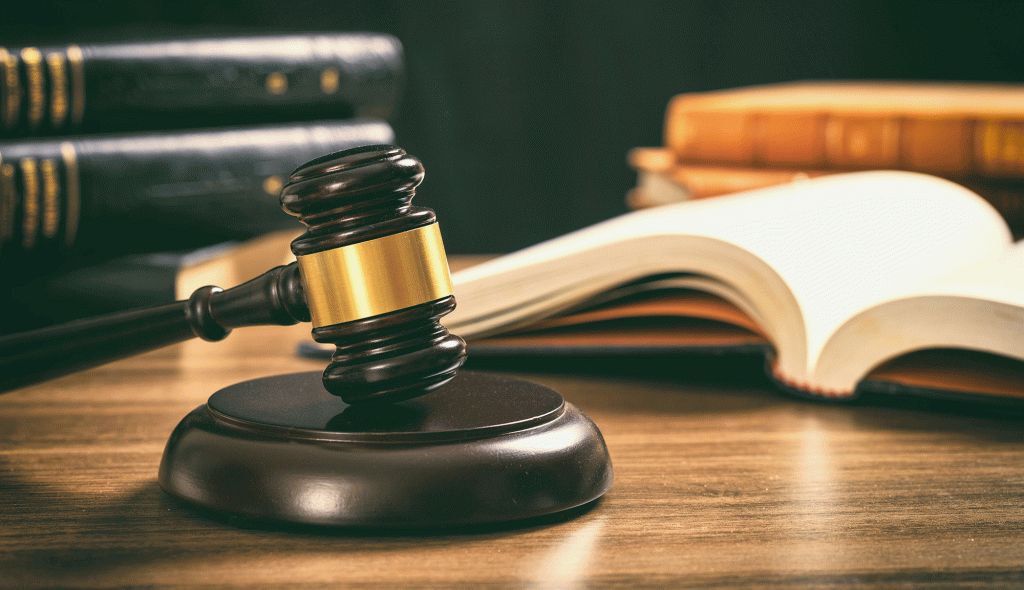Navigating complex claims under statewide accident law can be a daunting experience, particularly for individuals unfamiliar with the nuances of legal and insurance systems. These laws are often a patchwork of state-specific statutes, judicial interpretations, and administrative regulations, all of which must be carefully understood to ensure a successful resolution of a claim. When dealing with accidents whether vehicular, workplace-related, or caused by defective products—the claimant must establish liability, causation, and damages, all of which involve layers of evidence, expert testimony, and legal argumentation. One of the most challenging aspects is determining fault, especially in states that apply comparative or contributory negligence doctrines. Under comparative negligence, a claimant’s compensation can be reduced based on their degree of fault, while contributory negligence still used in a few jurisdictions can completely bar recovery if the claimant is even slightly at fault. Understanding which legal standard applies is crucial in formulating an effective strategy.
Another key factor in managing these claims is adhering to procedural timelines. Every state imposes statutes of limitations that define how long a claimant has to file a lawsuit after an accident. Missing these deadlines can render a claim invalid, regardless of its merit. Beyond that, there are often requirements for notifying certain parties, such as employers or government entities, within a much shorter window. Gathering and preserving evidence also plays a vital role. Police reports, medical records, eyewitness accounts, and expert evaluations must be secured promptly to build a compelling case. In many instances, accident reconstruction specialists or medical professionals are needed to validate the nature and extent of injuries or to establish a clear chain of events. Insurance coverage further complicates matters. Policies often include intricate clauses that define coverage limits, exclusions, and conditions that must be met before a payout is made. Adjusters representing insurance companies may appear cooperative but are ultimately working in the interests of their employer, not the claimant.

This adversarial dynamic necessitates a strategic approach to communication and documentation. It is not uncommon for valid claims to be undervalued or outright denied based on technicalities, incomplete paperwork, or misinterpretations of policy language. As such, expert legal guidance can be a critical asset. Attorneys experienced in accident law can negotiate effectively, challenge unjust determinations, and ensure all legal avenues are explored. The emotional and physical toll of an accident often adds to the complexity of handling a claim. Injured parties may be dealing with pain, reduced mobility, financial stress, and loss of income all of which can cloud judgment and impede the ability to manage a claim effectively. This makes it even more important to seek assistance early in the process. With proper support, claimants can navigate the maze of statewide accident law more effectively, improve their chances of receiving fair compensation, and focus on recovery rather than bureaucratic battles.
